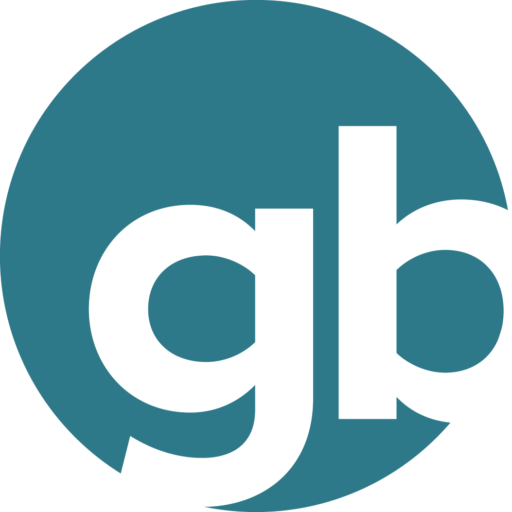AIM’s market capitalisation fell by over 60 per cent in 2008 as less than £1 billion of new money was raised compared with the £6.25 billion generated the year before. Now, with over a third of AIM companies valued at less than £5 million and more than two-thirds under £20 million, the market’s oft-criticised lack of liquidity is under more scrutiny than ever.
The research, Liquidity Drivers on AIM, which was carried out by M&A Magazine‘s sister title Growth Company Investor in association with BDO Stoy Hayward, found that corporate governance was a key factor in a company’s success. Companies failing to separate the role of chairman and chief executive were found to be “less liquid” than those that do. The 180 companies across the whole of AIM that have no senior independent voice had an average of 13 per cent of their shares traded, compared with the 20 per cent average enjoyed by the companies with “better” corporate governance practices.
Phillip Prince, a partner at BDO Stoy Hayward, says: “The fact that the most liquid companies have on average more non-executive directors, and fewer have the roles of chairman and CEO combined, points towards the importance of corporate governance.”
The research assesses the market according to trading liquidity. In order to discern this, the research accounted for the trading statistics of every single AIM company over the six months from August 2008 to January 2009 inclusive. Any company that did not witness at least 50 per cent of its share capital traded in that time was excluded, leaving 166 stocks to examine. Of this group, which forms ten per cent of the market, at least 50 per cent of their entire share capital traded on the stock market.
In that same six-month period, 728 companies saw at least ten per cent of their shares traded and 869 companies, or 54 per cent of AIM, saw less than ten per cent of their shares traded. Some 252 companies had less than one per cent of their shares traded.
The role of market-makers
AIM’s lack of liquidity is caused, in part, by the habitually poor price spreads offered, especially on penny shares. Most AIM stocks are traded on a quote-driven system of competing market-makers and, while there is some degree of cause and effect at play in the employment of market-makers, a competitive market implies that the more you have, the better the spread and the more liquidity can be squeezed out.
The report found that the strongest correlation was between trading volume and the number of market-makers supporting a company. Our select band of 106 stocks has, on average, six market-makers, compared with AIM’s overall average of less than four. This selection has four stocks employing 11 market-makers and another seven stocks with ten.
This group – the bulk of which are focused on the natural resources sector – are all heavily traded, though they differ quite widely in size: from Jubilee Platinum, Braemore Resources and Hambledon Mining, which all ended the period with a market cap below £20 million, to £727 million Sibir Energy and £435 million Peter Hambro Mining.
Pre-eminent AIM stocks
The most traded stock (see table 1) within our select population was Titan Europe, a maker of wheels for agricultural and mining vehicles. A possible takeover by its former parent company collapsed in September, leading to plenty of trading as investors sought an exit.
In this flurry of market interest, its share capital effectively changed hands almost three times over – as 265 per cent of its share capital was traded – during the period, with its shares falling by 80 per cent.The second most active stock is Tanfield, the maker of electric vehicles and aerial work platforms, which has, in its 371 million shares, more than nine times the number of shares than Titan. It witnessed over 29,000 bargains and its share capital was traded more than twice over – 233 per cent. Its shares were one of the most volatile on AIM, subject, it seems, of much retail day trading, with the share price oscillating ferociously throughout the period.
The research goes some way to proving that liquid companies are generally larger, have more market-makers and exhibit greater adherence to the Higgs Review’s recommendation on corporate governance.It goes to show that best practice in business pays off in every way.






